9 Tips For Ecommerce SEO's
The below tips are especially for search engine optimizers (SEOs) actively working in the ecommerce field. Hopefully you can make use of these, and maybe even provide some tips of your own in the comments (or on your blog).
With that out of the way, let’s focus on these 9 Tasty Tips for Ecommerce SEOs, shall we?
1. Implement a recommendation engine
The king of upselling has always been Amazon.com (they don’t need any more links, so I won’t bother), a site that pretty much invented the idea of displaying recommendations during the browse and purchase processes. Recommendation engines can be extremely powerful. If you aren’t using them yet, make sure you put this on your radar for 2010 planning.
There are a few key things to remember for SEO with functionality like this, especially how the feature will be coded on the site. If it’s built on javascript, that could pose problems with search engines. While googlebot can crawl through javascript, it’s not guaranteed and certainly won’t provide the benefit of plain text links; Bing’s bot (still msnbot as far as I’m aware) and Yahoo! Slurp are also important to cater to and don’t follow javascript yet.
You’ll also want to ensure the recommendation engine is making use of definitive product URLs and not creating its own “variety” as the recommendations are generated. Depending on business requirements, you may want to build this in-house or look to a third-party solution. Either way, this is a large project requiring a lot of resources—but it’s worth it. Why? Just look at this:
A company we work with recently launched a recommendation engine and saw the following performance improvements after launch:
- Pages per visit (PPV): +20.1%
- Time on site: +2.8%
- Bounce rate: -5.9%
- Conversion rate: +4.8%
Pretty extraordinary results from adding recommendations to the site! This client is a large brand with an already healthy sales process, so your mileage may vary.
2. Add related links
With a lot of pages to work with, related linking can be huge for SEO. At the enterprise scale, SEO is really about leveraging large amounts of pages efficiently, and using that scale to advantage. Related linking accomplishes that very well, but can be an intensive feature to implement and manage (there are several third-party resources for this, including TextWise, SLI Systems, and others).
The king of related linking has always been Shopping.com, a site that was using this to advantage years before it caught on (thanks to their extremely sharp SEO at the time, Aaron Shear).
The idea behind related linking is to accomplish at least 3 major goals:
- Flatten the site, thereby making it easier for crawlers to access URLs from many different points. Think of this as opening more doors for spiders to traverse a site.
- Relate and categorize products and categories together, thereby making it easier for crawlers to understand how URLs can potentially be grouped together. Think of this as putting signs on the doors to other, possibly related, doors for spiders to follow.
- Provide human visitors with links to related products and categories, thereby aiding the navigation process.
Using related linking well can offer a huge advantage in areas beyond SEO, because users love them too! Related linking can be used alongside or separately from recommendations, and is highly recommended for ecommerce sites--especially large ones.
3. Correlate entry page to bounce rate
Here’s a great tip for SEOs working in analytics, with a hat tip to Brian Kalma who pointed me in this direction: generate search traffic reports to show you the search term alongside the corresponding entry page. You can then analyze the bounce rate of that term and page combination, and find where relevance needs to be improved.
The idea here is to ask, What organic traffic terms are bringing visitors to the wrong page? Knowing that, you can either optimize the page for relevancy, or figure out if a conversion issue is causing problems.
This is literally a gold mine of opportunity for the hard-working SEO! But it’s not something that you can accomplish over night. After you’ve created the ability for your analytics reports to generate the right data points (easier said than done), you’ll then need to analyze that data and finally begin to chip away at the large number of projects this analysis will create as outcomes.
4. Be a speed demon
Dealing with hundreds of millions (or billions) of pageviews a day is nothing out of the ordinary for enterprise sites. Ecommerce sites can get pounded with traffic, and require advanced content delivery network (CDN) solutions such as Akamai and Limelight. While these are important (actually, essential), what’s also important is ensuring your pages are loading lightning fast!
While Google in particular doesn’t use page load time as a factor in its ranking algorithms, that doesn’t mean it doesn’t impact SEO or isn’t important. Site latency can have ramifications in SEO in at least the following areas:
- Crawling efficiency. As a spider crawls the site and performs typical GET/RESPONSE requests, the content needs to be served without excessive delays and without any 5xx server errors. Slow-loading sites can hinder the crawl by serving pages too slowly, which can adversely influence indexing and ultimately even impact rankings.
- User response. A slow-loading page is as dead as a non-existent page. On the web, we want it fast and we want it now, and if we can’t get it now we hit the back button. Google certainly, and Bing probably, look to user satisfaction as a prime concern. A user who searches, clicks a result, then quickly returns to the search engine result page (SERP) and clicks on another result sends a strong signal about a page that is surely recorded. Think of this occurring many thousands of times and you can predict the outcome: the page will be pushed lower in the SERPs, or if it’s a serious error such as a 5xx, removed from the index altogether.
Have your development team look into techniques to speed up the site, and continually audit site load time.
5. Find and kill duplicate product URLs
Here’s some low fruit to pick: ecommerce sites are especially bad at having multiple versions of product pages. Normally we can find these with site: and inurl: search operators. Pay careful attention to the product level URLs, as this is usually the area duplicate content creeps in (through faceting and sorting of URLs, or through tracking or cookie information appended in the query string). It’s also an area that can cause major negative impact on search rankings. Each product page should have one single, authoritative URL.
Duplicate product pages cause the following issues (at least):
- Page dilution in the search indices. It’s not uncommon to find sites with dozens or even hundreds of product duplicates; with Google crawling and indexing a finite number of pages (domain dependent, of course), this is critical to resolve.
- PageRank split in the link profile. Duplicate pages can attract links on their own, too, and these need to be consolidated to maximize a product URLs external links.
To find duplicate product URLs, do some quick searches in Google like the following:
- site:mydomain.com inurl:productID
- site:mydomain.com intitle:"my product name"
You’ll have to click on the “repeat the search with the omitted results included” link to see all the duplicates (this adds filter=0 to the query string in the URL). After you find them, here are your options (in order of preference for SEO, and intensiveness to implement):
- Best but highly intensive: Re-structure your URLs so they don’t create duplicate content. This may mean a complete overhaul of the URL format and is not recommended in 99% of cases. However, in very serious situations this is the long-term goal, even if you have to get there via other short-term fixes.
- Second best and moderately intensive: 301 redirect duplicate versions to the authoritative version. This is always a good option, however it requires more resources and is sometimes not do-able on ecommerce sites sorting products by season, style or special promotion. Also, redirects cause latency on a site (a point often overlooked by SEOs).
- Third best and lightly intensive: Use the link canonical meta tag to relate duplicates with a single, authoritative version. Next, use Google and Yahoo! parameter removal tools in their web consoles to pull out parameters that aren’t needed. This is the least desirable option because it doesn’t really fix the underlying issue, it only places a band-aid on it. Still, it’s better than nothing, and it requires very few resources in comparison to the above methods.
6. Run your own scheduled crawls and audits
If you’re an in-house SEO, set a crawler loose on your pages regularly. Xenu can be a good option, however it doesn’t scale for large sites and won’t stand up at the enterprise level. web Link Validator is better in this department. However, there are unique advantages to either having a custom crawler created or to use the services of an outside agency. The idea here, and the benefit, is to continually monitor the site for changes and new content pushes to ensure nothing creeps in that will stab you in the back (like the creation of 25,000 302 redirects from out of stock items).
Google’s webmaster console is fantastic (I also recommend using Bing and Yahoo!’s tools, which are good but not as comprehensive). Google’s tool acts very much like a crawler you would use on your own, but in my experience only shows “indications” of issues, and therefore acts best as a pointer for further investigation with other tools
7. Brag about your successes
This may sound odd, but you need to hear it: brag! That’s right, brag. If you don’t tell anyone about your successes, do you just expect them to discover them on their own? You can’t quietly do your work expecting for everyone to notice how amazing you are. You have to stand up and say, “hey! check this out, we made the front page of Digg! We got some new rankings! We’re building links like crazy!” or whatever you can brag about.
You provide reporting and benchmarking, I’m sure, but be sure to share what you’ve done outside of those formal procedures. Brag to your managers and even the C-levels about link building successes, wins with rankings and social media, traffic increases, and even specific projects that you’ve recently undertaken or completed.
8. Leverage landing pages
Landing pages are like little hubs that tie entire categories (and even sections) of a site together. For large ecommerce sites, having custom and high-quality landing pages created enables web teams to:
- Create excellent user experiences
- Control the number and type of links on a page (not to mention their location)
- Control the ‘flow’ of a site from the category to product level
- Aggregate content such as custom-tailored copy, links, reviews, product shots, promotions, and navigation elements into a single page

9. Stay creative
I’ve saved the best one for last, because I really like the number 9. Top ecommerce sites do one thing very well: they cater to their customers. They innovate, they contribute value. Creative thinking is required in SEO, because SEO best practices can only get you so far.
Continually aim to keep new projects on your agenda. It’s not enough just to stay caught up with damage control. Keep an open mind. Stay away from “latest fad” type of SEO tips and other rubbish. Creative ideas can drive a lot of traffic and attention, regardless of SEO benefits. And always remember, as Bob Massa says, “Search engines follow users.”
Courtesy: Search Engine Land.


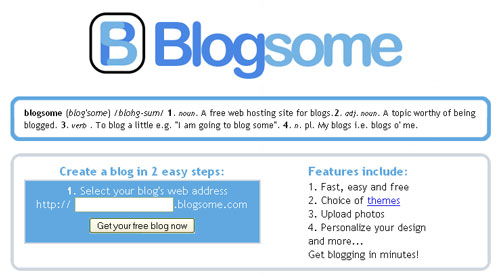



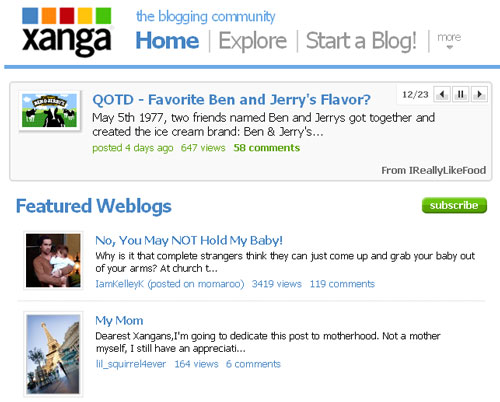

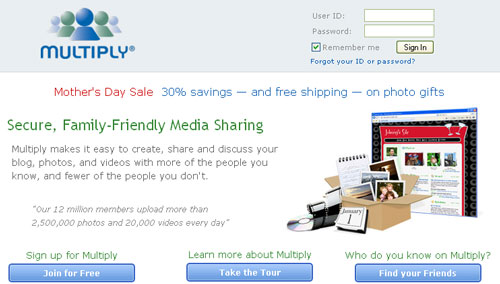


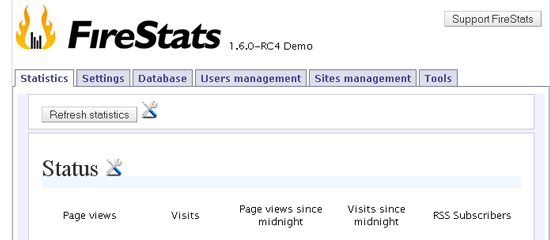

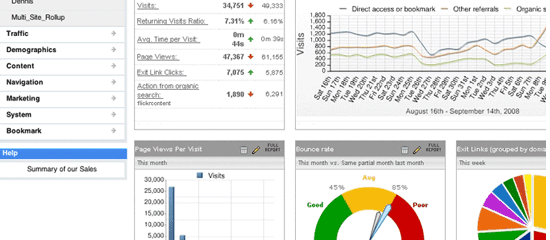


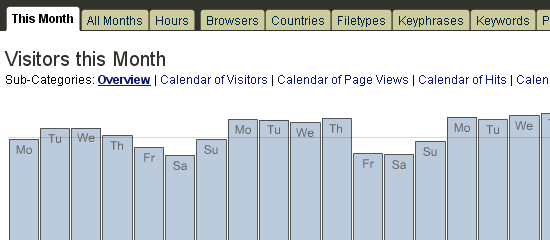


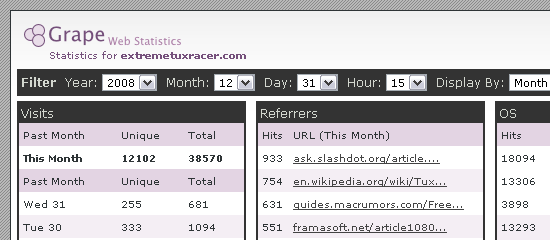












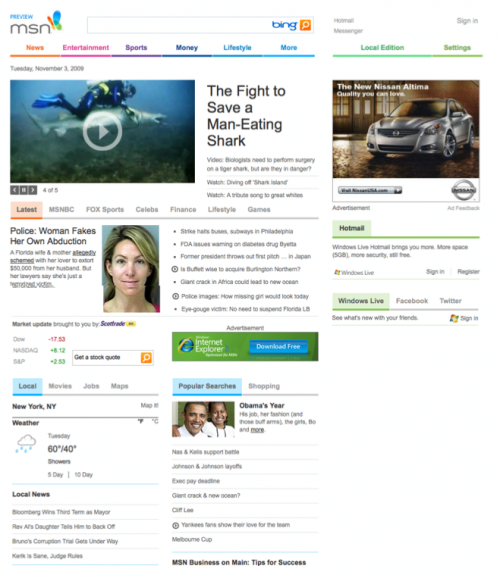
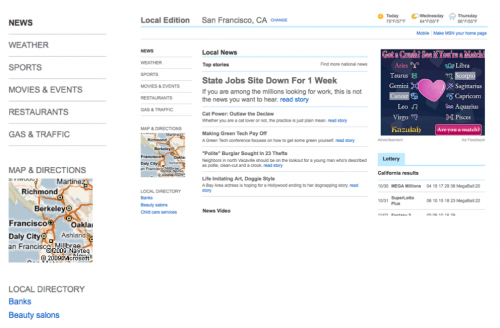
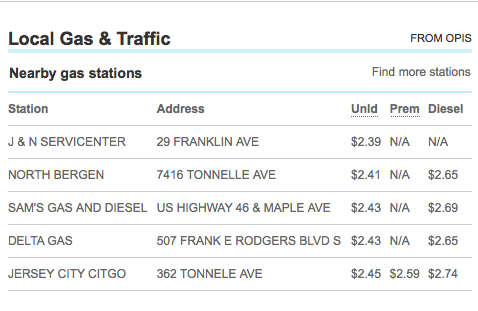

 Ever since Twitter started increasing in popularity, there’s been a clear need for a more efficient way to manage groups of users than Twitter natively provides. We’ve seen desktop clients like
Ever since Twitter started increasing in popularity, there’s been a clear need for a more efficient way to manage groups of users than Twitter natively provides. We’ve seen desktop clients like 
